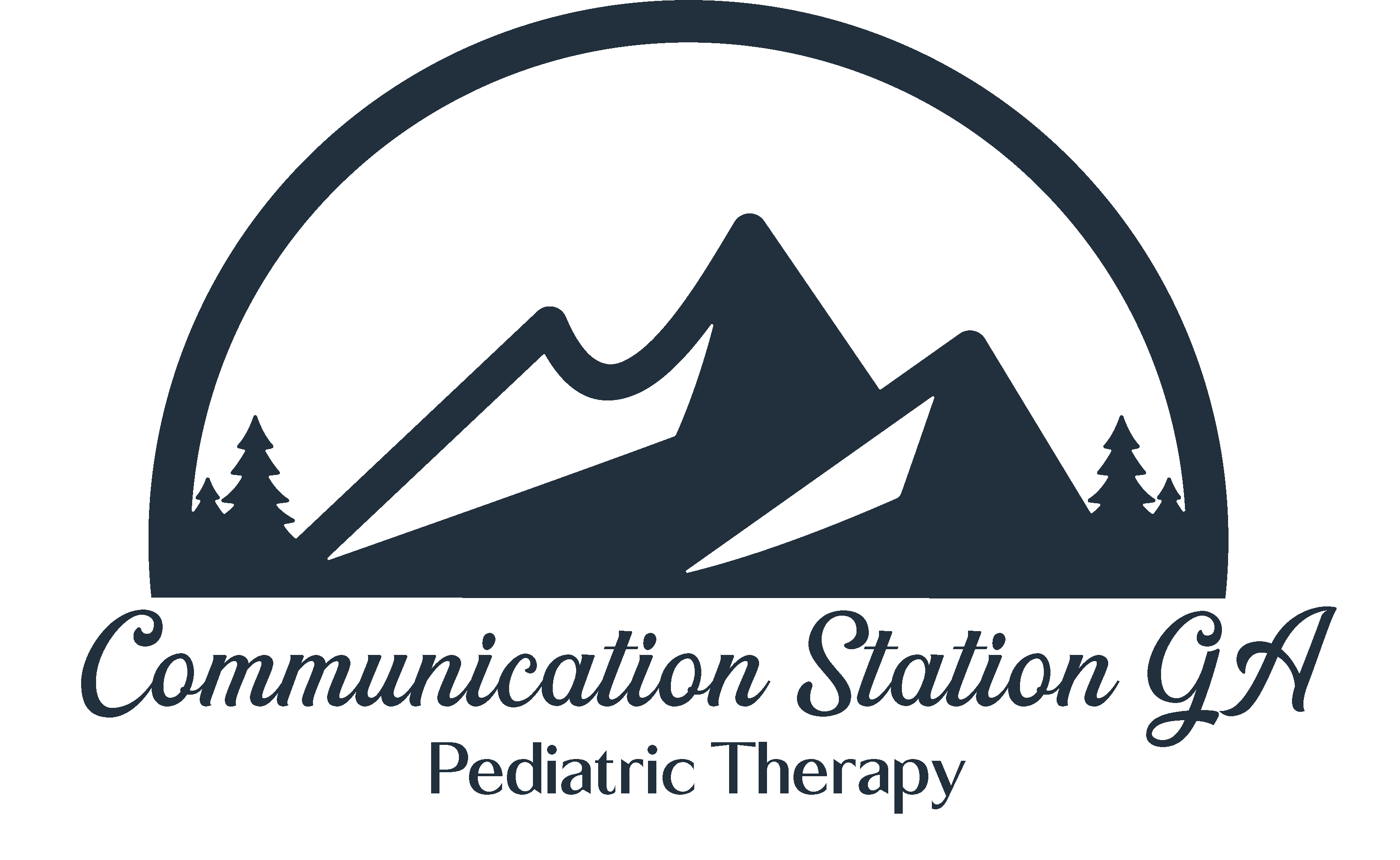
16 Gestures by 16 Months
You may or may not have heard about the rule of thumb in early language development: 16
gestures by 16 months. What does this mean?
Typical language development is just that, typical and predictable. As babies develop there are
usually patterns and behaviors that are seen and are signs that development is on track. One of
these stepping stones to language development is gestures.
Why?
Because babies begin to learn the power of communicating and associate that when they
do a certain action, they get a certain reaction or reward. Gestures facilitate communication and
are the foundation for spoken language.
Do gestures replace spoken language or somehow reduce spoken language
development?
Absolutely not. It is actually the opposite. Have you ever heard the expression
“you have to crawl before you walk”? It is the same concept here. It is a part of the development
and it teaches foundational skills to move to spoken language. The brain is amazing and is
capable of learning gestures and developing spoken language at the same time. One does not
replace or reduce the other.
What are the gestures you should be looking for?
There are a variety and every child is
different in the gestures they prefer. You should expect the gestures to start off simple and move
to more complex gestures. Examples include head shake, reaching for you to pick them up,
open hand (“give me”), waving, blowing kisses, pointing, “shhh” gesture, head nod, thumbs up,
pointing, “I don’t know” gesture, high five, and the list could go on. You probably didn’t even
consider some of these gestures, did you?
What if your child is not doing these in the “typical” time frame?
I caution you not to get
hung up on the exact 16 months timeline as a due date to panic. There is a window of “normal”
and these are just guidelines. However, if your child is not attempting to communicate through
gestures at this important time in their development, I would advise you to get a speech and
language evaluation and seek early intervention. The earlier, the better is the motto in early
language development.
Resources:
Caselli, M. C., Rinaldi, P., Stefanini, S., & Volterra, V. (2012). Early action and gesture “vocabulary” and its relation
with word comprehension and production. Child Development, 83(2), 526-542.
Goldin‐Meadow, S., Goodrich, W., Sauer, E., & Iverson, J. (2007). Young children use their hands to tell their mothers
what to say. Developmental science, 10(6), 778-785.
